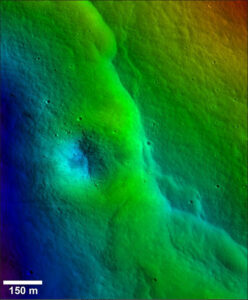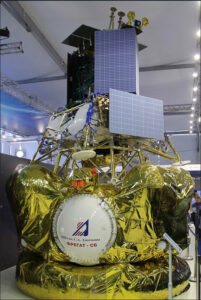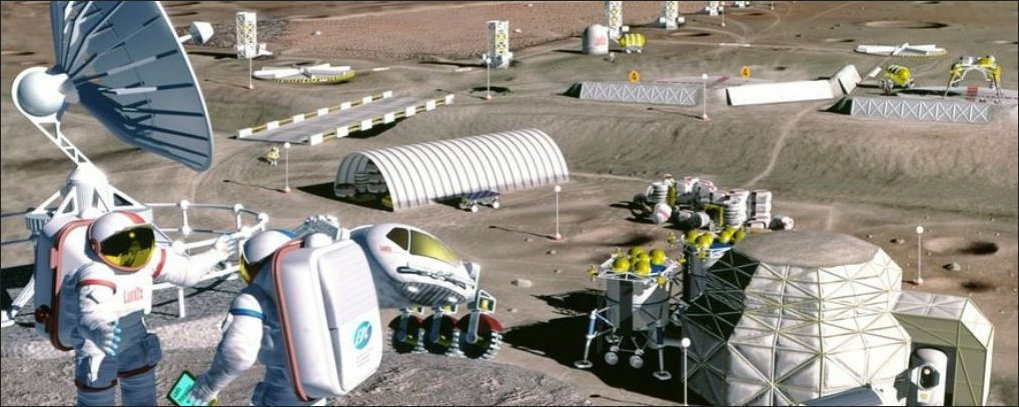
The United States could lead the return of humans to the surface of the Moon by 2022 for an estimated total cost of $10 billion, concludes NASA’s Alexandra Hall and NextGen Space’s Charles Miller in a paper written for New Space Journal, “A Summary of the Economic Assessment and Systems Analysis of an Evolvable Lunar Architecture that Leverages Commercial Space Capabilities and Public-Private Partnerships.”
The big takeaway, NASA astrobiologist Chris McKay told Popular Science, “is that new technologies, some of which have nothing to do with space — like self-driving cars and waste-recycling toilets — are going to be incredibly useful in space, and are driving down the cost of a moon base to the point where it might be easy to do.”
According to the study’s introduction, the exercise explored a scenario in which the strategic objective was commercial mining of a propellant from lunar poles that would will be transported to lunar orbit to support a human expedition to Mars. Key assumptions include:
- U.S. leadership an international partnership of countries to leverage private industry capabilities within the framework of an International Lunar Authority.
- 100% private ownership of the lunar infrastructure and assets. The partnership would not own the land itself, but would own what was removed from the land.
- An “evolvable lunar architecture” for the habitat.

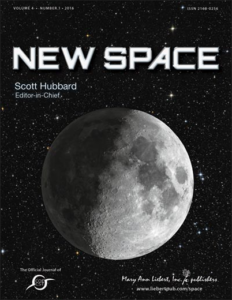 Drawing upon insights from a group of thought leaders and venture capitalists, a paper published by “New Space” argue that a permanently inhabited lunar outpost could be established by the early 2020s at a cost $10 billion or less.
Drawing upon insights from a group of thought leaders and venture capitalists, a paper published by “New Space” argue that a permanently inhabited lunar outpost could be established by the early 2020s at a cost $10 billion or less.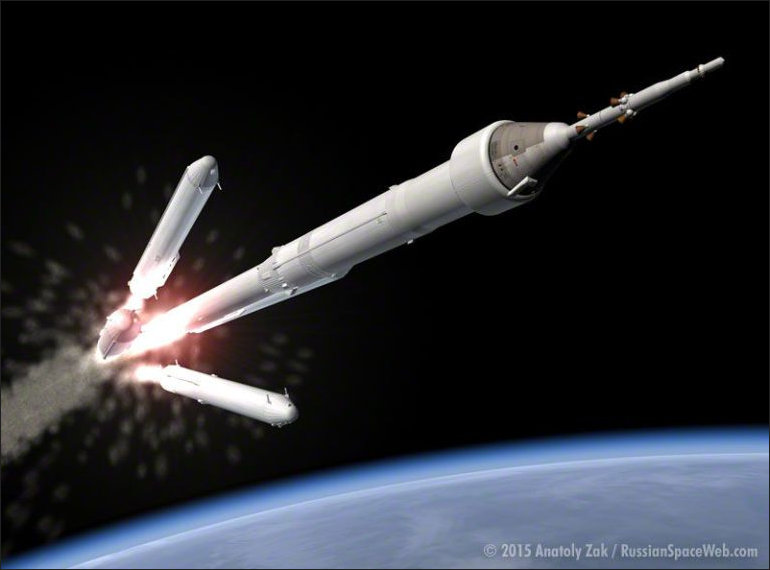
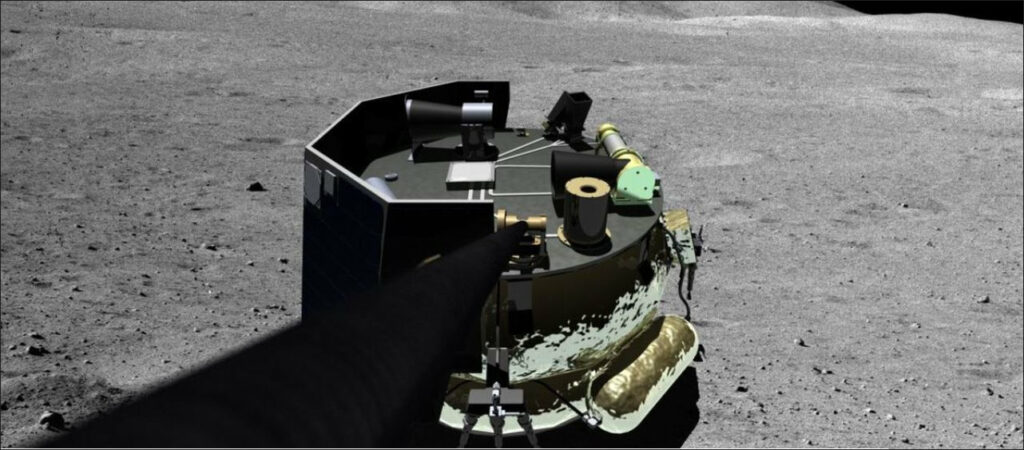
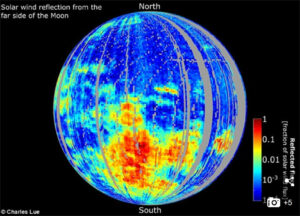
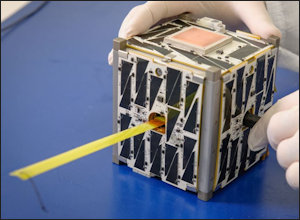
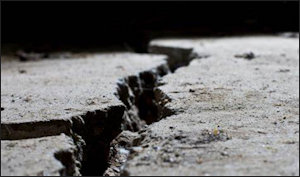 In 1972 America’s astronauts left seismic sensors on the Moon. Gathering data for five years, they transmitted evidence of 12,000 moonquakes, reports
In 1972 America’s astronauts left seismic sensors on the Moon. Gathering data for five years, they transmitted evidence of 12,000 moonquakes, reports 